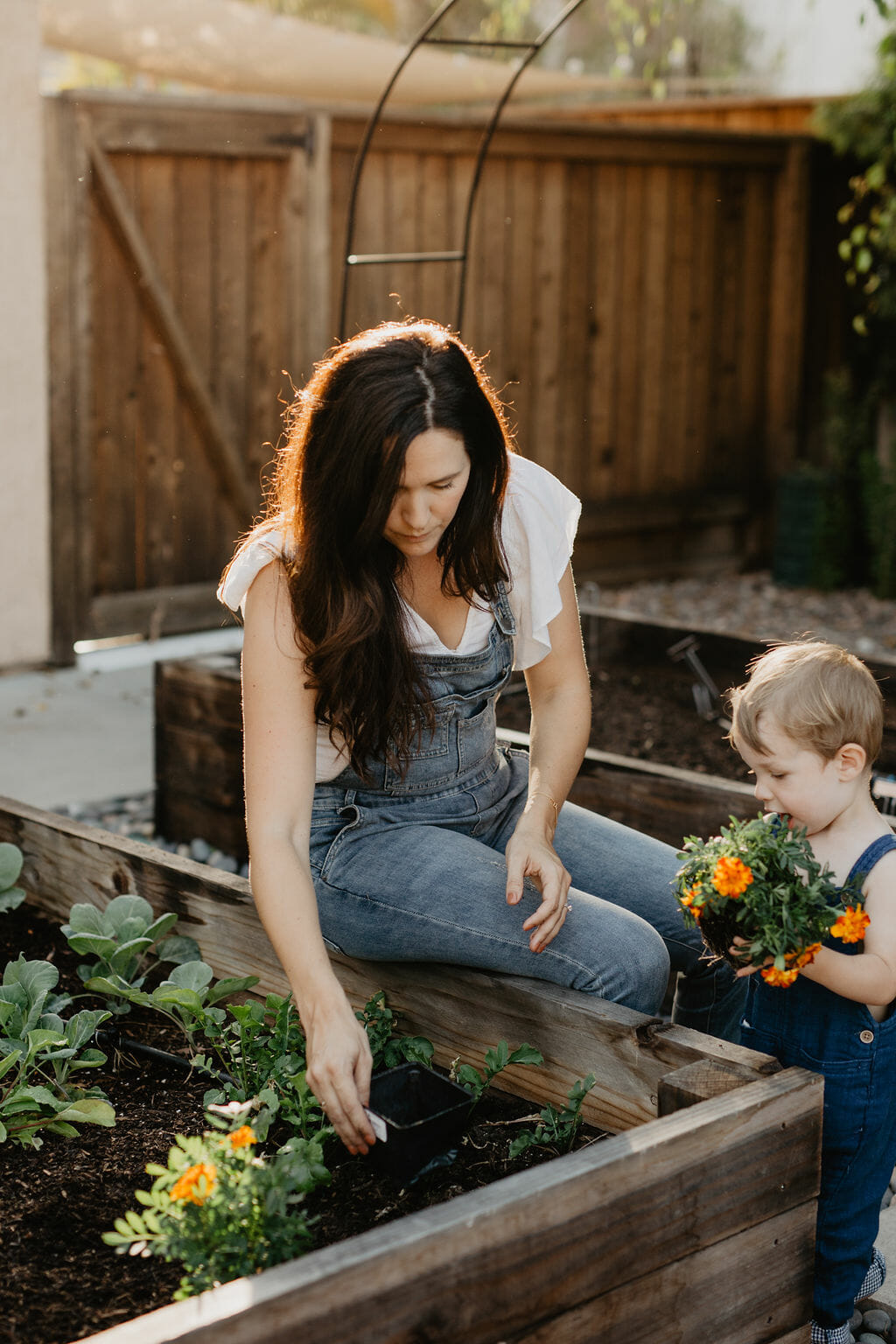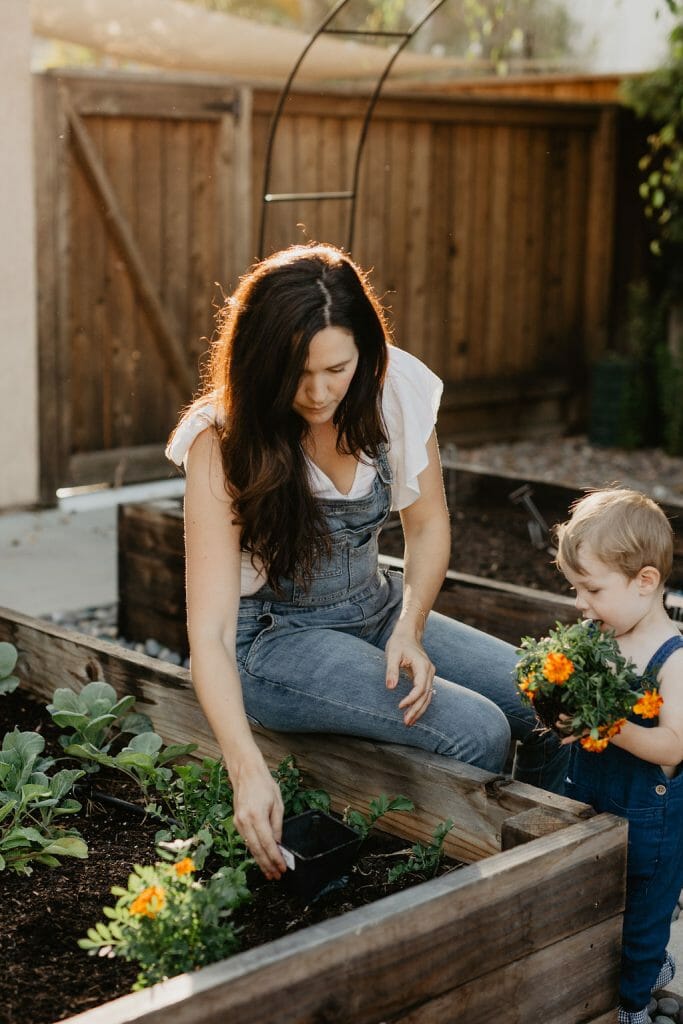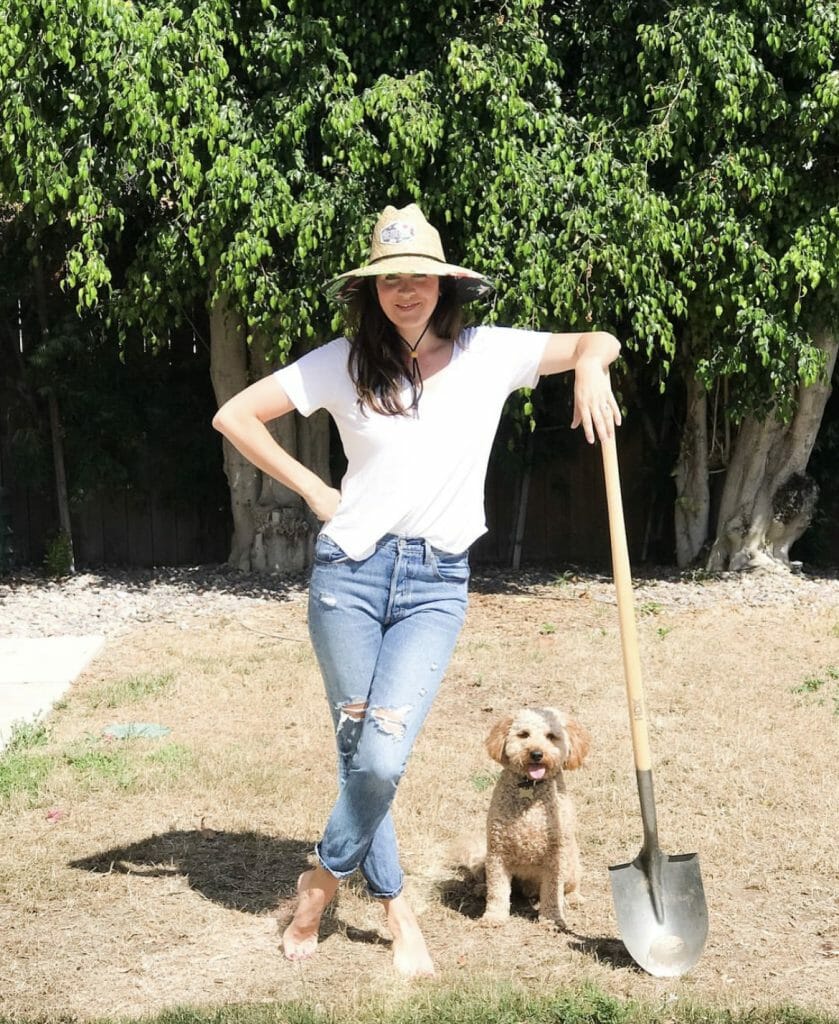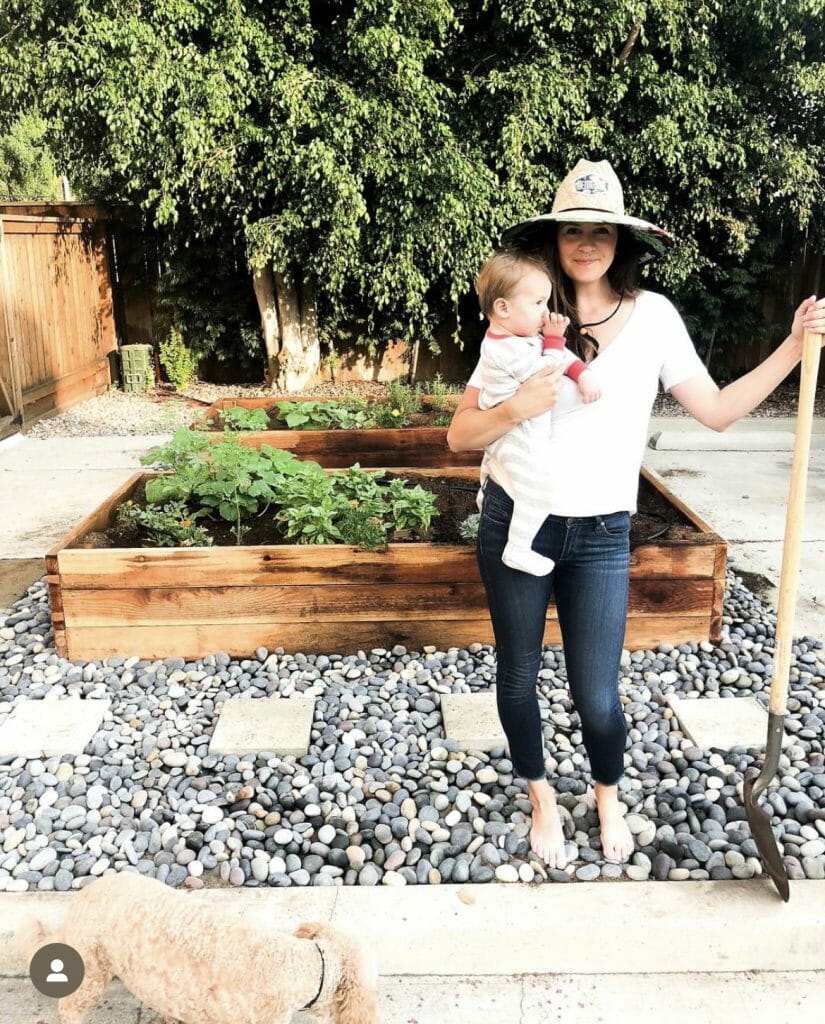
Approaching a Homeowner’s Association (HOA) To Build A Garden

My garden journey began with a dead patch of lawn glaring at us from outside the front door of our townhouse. We were sharing a fence with an in-patient rehab center and could hear the freeway, which was about 100 yards from us as a crow flies.
I started my first “garden” in a single pot and was hooked. I dreamed of garden grandeur and talked about it non-stop. My husband was the one to mention that maybe we turn the dead lawn in between our parking spot and front door into raised beds, but knew there were a few hoops to jump through first.
We lived in the last house at the back of a dead end with eight units lining the street. The lawn was really not too visible for many residents except us and a neighbor but was surely an eyesore. With the ever-present California drought, it had become dead grass that we walked across daily. At first, we didn’t really know who the lawn belonged to, so asked our neghbors who let us know it was actually communal land. We knew then that the homeowner’s association would have to approve our idea.
I sat down and thought through plan that was rooted in mutual benefit. All deals in life should be win-win, and this was no exception. We had a very successful garden build and long-term relationship with the HOA as well as our neighbors as a result of the garden. Overall, it was a total success, and I highly recommend anyone who’s interested to follow along below.
Here are the steps that we took, and some recommendations that I have for approaching your HOA about building a garden.


Beginning Recommendations:
- Get involved. If you aren’t involved in the HOA, get involved. That will help you understand how it all works, as well as have some leverage so that the parties involved know you as well.
- Think about solving a problem. I would recommend not leading with “I want a garden”, and instead seek to solve a problem, as well as include the best interests of the entire community. Nobody will really care much about your personal gardening dreams – they may however like something beautiful and inclusive.
- Be ready to work. If you want this, be prepared to pay for it and do all the work.
Approaching the HOA
- Contact the President. First things first, I contacted the HOA President about when the next meeting was so that I could be present to propose new business – the lawn in front of our home. Seek out a phone call if possible, as opposed to just an email so that you can chat about things and get to know other priorities and business that the HOA is working on.
- Through this process I learned that the HOA was already making plans to improve that law area because of the need to reduce water usage. This is where I learned that 1. They wanted something to look good and 2. Water was an issue.
- Learn about the HOA responsibilities vs the homeowner responsibilities. Often there are shared outdoor spaces, or slopes or lawns that have unique ownership responsibilities. This is disclosed in your title when you buy a home, but sometimes gets overlooked. Sometimes HOAs tend to land that is owned by the homeowner so as to keep a cohesive look – it all varies. Get to know what is rightfully yours vs. the HOAs.
- In our situation, the HOA has ownership of the lawn and the responsibility to monitor water usage. This is where I really got some leverage. I proposed eventually watering the space myself as well as removing the lawn. So I learned how much water was being used (I got a great lesson in “hectors” and water usage) and was able to absorb that cost as a homeowner and take away from what was overall being used by the HOA – helping them a ton and allowing them to use more water elsewhere.
- Come up with a plan, and anticipate needs. I came up with a plan for lawn removal, beautification, water-saving, and community benefit. I made it really hard for the HOA to say no because I was willing to absorb the work (which they would have to pay for otherwise, regardless of what was done), and the cost, and make something everyone could participate in. I also anticipated that there would need to be some physical buy-in so I create a mock-up of the materials we would use and give everyone a real idea of the outcome.
- My plan went very in-depth and I shared the cost of the project with the HOA, making sure to remind them that I would pay for it. That really showcased my skin in the game and helped them feel how much I wanted this (and would save them).
- Include others. The final piece of the puzzle that I both wanted to include and thought would be moving was to add a community element – it is communal land after all. I volunteered up the bed space so that anyone else who wanted to garden could use the space and grow their own food too. Regardless of that approach though, I committed to sharing all the of the harvest with anyone who wanted some.
- This was the real cherry on top, as the neighbors felt very included. No one ended up wanting to do any gardening, and often people declined the veggies, but as often as we could – about twice a month – we walked around door to door and handed people sweet little bundles of fresh garden goodies. This truly was a huge gift to us and the whole cul-de-sac, bringing us all closer together and introducing many people to produce they’d never eaten, or never experienced freshly picked and homegrown.
The Final HOA Design
We were really lucky that the HOA liked our idea and approved it quickly. They even helped pay for some materials with the water savings money. It turned out to be a fantastic project that lives on even though we no longer live there.
While we were fortunate to have excited and understanding neighbors, I do feel like thinking through all angles made the project a no-brainer.
